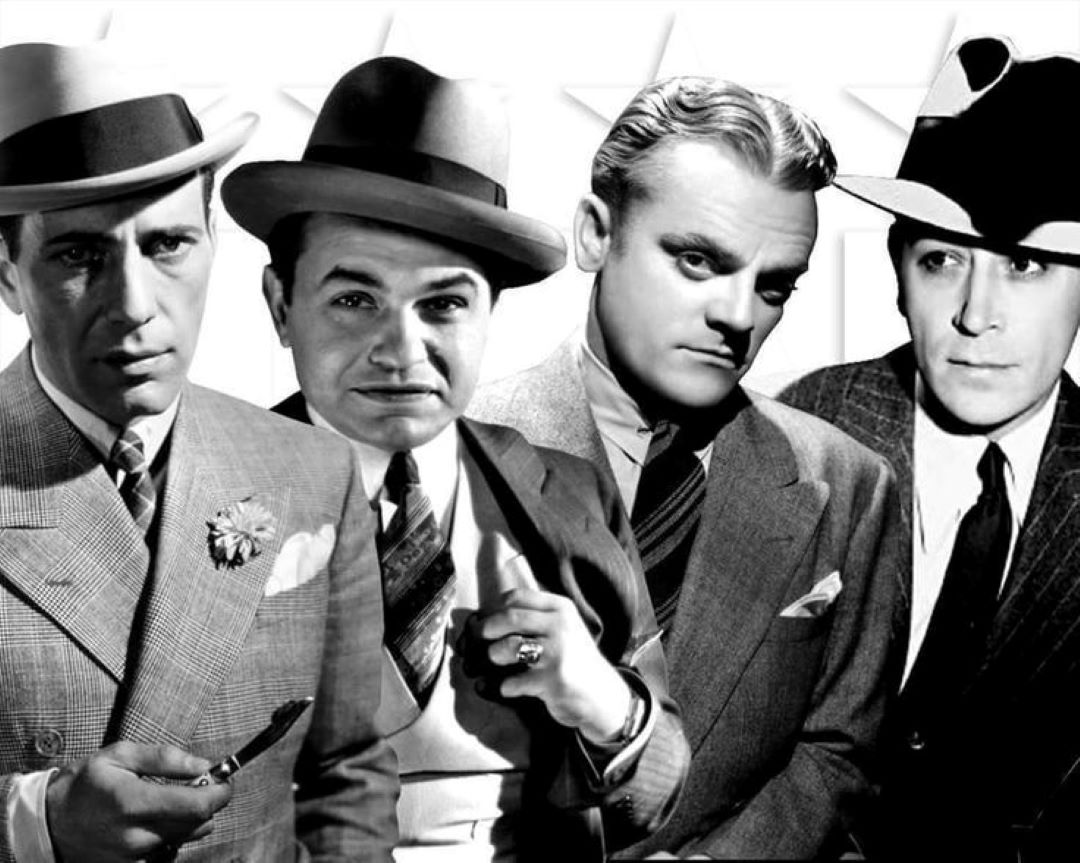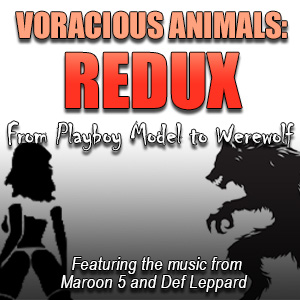Whenever we talk about the murky and byzantine world of Hollywood Accounting, or mention massively inflated budgets on modern Hollywood productions, it is only a matter of time before somebody in the Disqus declares that the whole thing has a whiff of a massive money laundering operation.
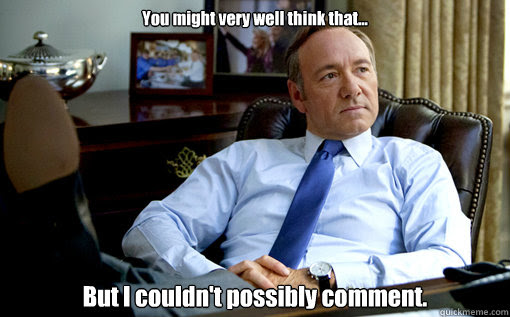
One thing is for sure. The Mafia, or the Mob, has a strange history with Hollywood. Hollywood has, in equal measures, romanticized the Mafia beyond all recognition or cast it as perpetual bad guys. From Vito Corleone to Tony Soprano, fact and fiction have become blended.
As an audience, the relationship is no less schizophrenic. We seem to place these bad guys above all others on some sort of pedestal on celluloid while cheering on their arrest and imprisonment in real life.
But what about the business of movies? The Mob has historically followed the money from New York to Las Vegas. Where there is money, there is organized crime. Particularly in Hollywood, with its flexible power structures and questionable accounting methods, it is easy to see why Hollywood would attract shady characters.
And so it did. Growing out of the Italian American Street Gangs in LA such as the Black Hands and the Matranga Family, the Los Angeles crime family, also known as the L.A. Mafia, spread throughout Southern California from its inception in the early 20th century.
Like most Mafia families in the United States, the L.A. crime family gained power bootlegging alcohol during the Prohibition Era and then reached the peak of its powers by the 1950s under the leadership of Jack Dragna. Since the death of Dragna in 1956 they were represented by the Chicago Family on the Commission. Over time many other families have been involved in the business of Hollywood to varying degrees, some rather surprising.
Scarface (1932)
As real gangsters hit the headlines in the early days of Hollywood, so movies followed about their exploits. Organizations that pride themselves on a level of secrecy and silence did not find this state of affairs agreeable. Al Capone himself called the entire genre:
“…terrible kids’ stuff…”
There was one exception, however. Howard Hawks’ 1932 classic Scarface: The Shame of a Nation drew Capone’s ire when he first heard of it. He sent a couple of his fixers to Tinseltown to make sure that Capone was going to like what he saw.

They tracked down screenwriter Ben Hecht for a little conversation. Hecht thought quickly and told them:
“Al is one of the most famous and fascinating men of our time. If we call the movie Scarface, everybody will want to see it, figuring it’s about Al. That’s part of the racket we call showmanship.”
Capone liked this and gave the movie his blessing. He ended up with his own print of the movie that was, according to those who knew him, a cherished possession.
From Here To Eternity
By the time the glamour and showbiz side of Hollywood really picked up steam in the 1950s it was sometimes difficult to tell industry leaders and mobsters apart. Money was changing hands, political favors were bought and sold. Marilyn Monroe was signed to a contract after her Mafia friend Johnny Roselli spoke to Columbia Pictures head Harry Cohn. According to Johnny Roselli himself, he was also instrumental in Frank Sinatra’s comeback role in From Here to Eternity in 1953.

A Columbia movie, at a time when the Chicago mafia was considered to effectively own the studio, Roselli once again had a most persuasive conversation with Cohn around Sinatra and his casting. Cohn had apparently tried to push back, bluff it out with his own threats from his own connections, but they both knew who would win. Roselli just laid it out straight:
“Harry, if we have a problem here, you’re a f**king dead man.”
Sinatra got the part and an Academy Award for Best Actor in a Supporting Role. Harry Cohn got to keep breathing.
The Texas Chainsaw Massacre
The Texas Chainsaw Massacre is generally included on everyone’s list of the greatest horror movies ever made. It wouldn’t exist if it wasn’t for the Mob. They had money to launder and it was a case of right place, right time. Rumored to be their share of the profits from the movie Deep Throat, the money was used to found the Bryanston Distributing Company, run by Louis “Butchie” Peraino. The money was placed through the company and very little made it to the cast and crew of The Texas Chainsaw Massacre, who grew disgruntled with the arrangement.
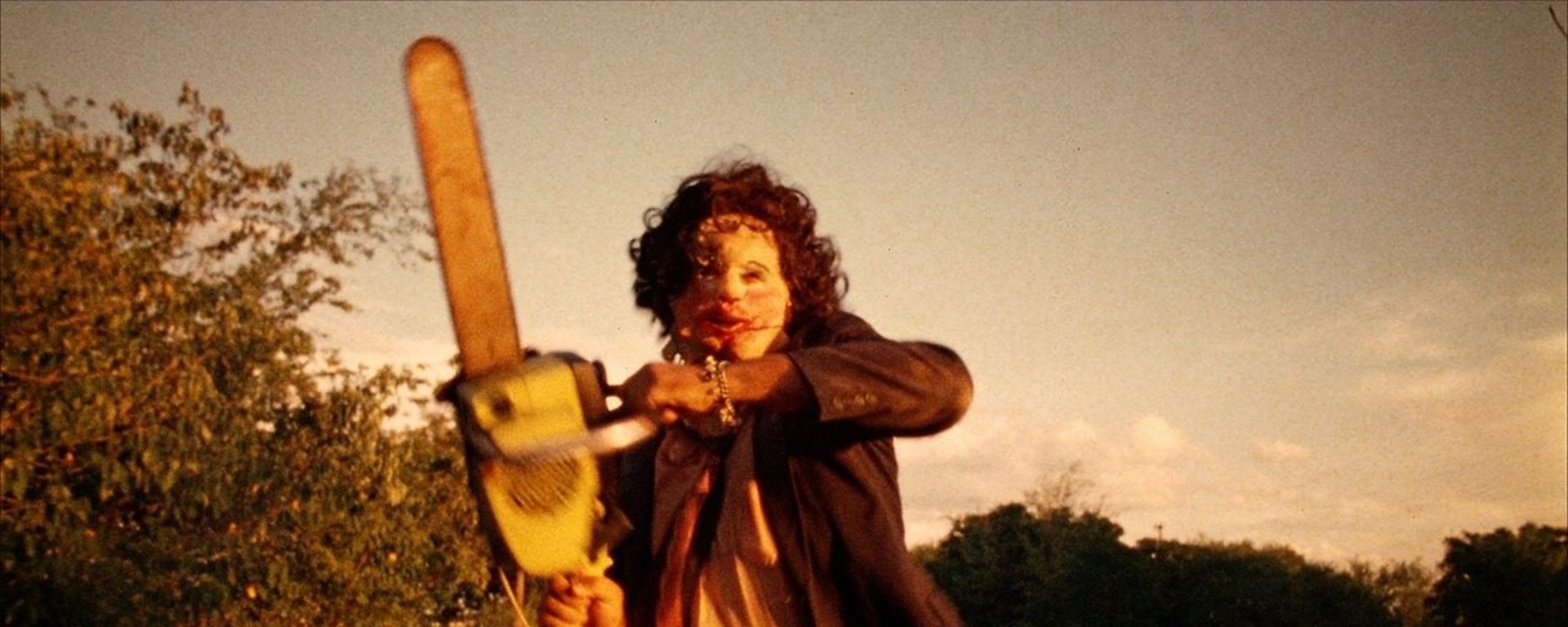
Then Peraino was brought up on obscenity charges over Deep Throat, and while he was down the moviemakers sued Bryanston which couldn’t pay, and went bankrupt. So new boys on the block New Line acquired the rights at a knockdown price and the rest is history.
Gunnar Hansen, Leatherface himself, still only made about $4,000 in today’s money.
Another Time, Another Place
One place where the Italian American mob never really managed to penetrate was Britain. The old crime families across the pond, from the Krays to the Hunt Syndicate, generally gave the mafia fairly short shrift. They were regarded in many areas of the UK as preening, perfumed poseurs, unlike the highly working-class rooted British “Firms” of hard men from hard lives.
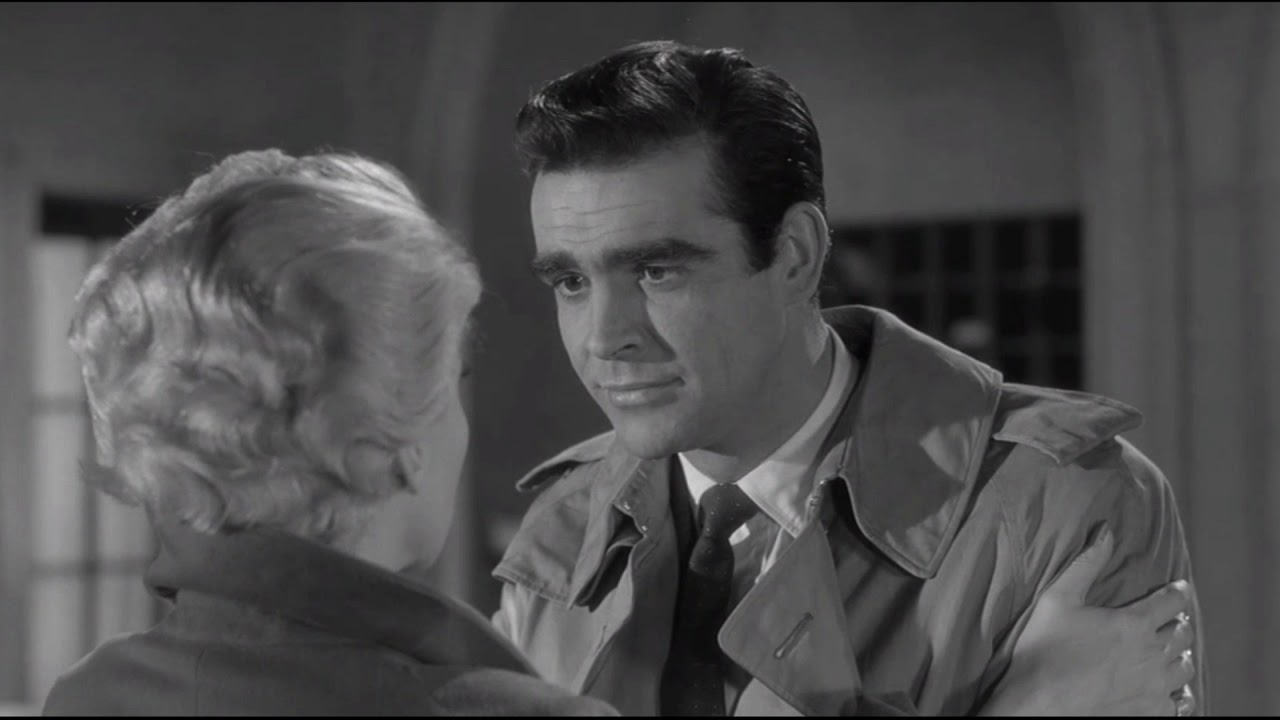
One major star also treated them with disdain and had no fear of reputations. Sean Connery was a tough man, having grown up in one of Scotland’s toughest areas. As a child, when a gang of six tried to steal his coat, he took on all six of them at once and dished out a comprehensive battering to all of them.
This carried through into adulthood when he had his own brush with a mobster years later. He was starring opposite Lana Turner in Another Time, Another Place. Her boyfriend, the mobster Johnny Stompanato, reacted badly to rumors of an on-set romance.
He stormed on set and pulled out a gun on Connery. Connery grabbed the gun from his hand and proceeded to knock down Stompanato with one punch. He then set about administering a serious Edinburgh-style pasting that only ended when some of the crew dragged him off sobbing, screaming Stompanato.
Stompanato never returned to the set.
The Godfather
The Grandaddy of Mafia movies? Perhaps. However, director Francis Ford Coppola got more attention from the mob than he may have expected. Mario Puzo’s epic mob novel was already quite famous. New York boss Joe Colombo Sr. was then the head of the Italian-American Civil Rights League. He used the group push for consulting rights on the movie.
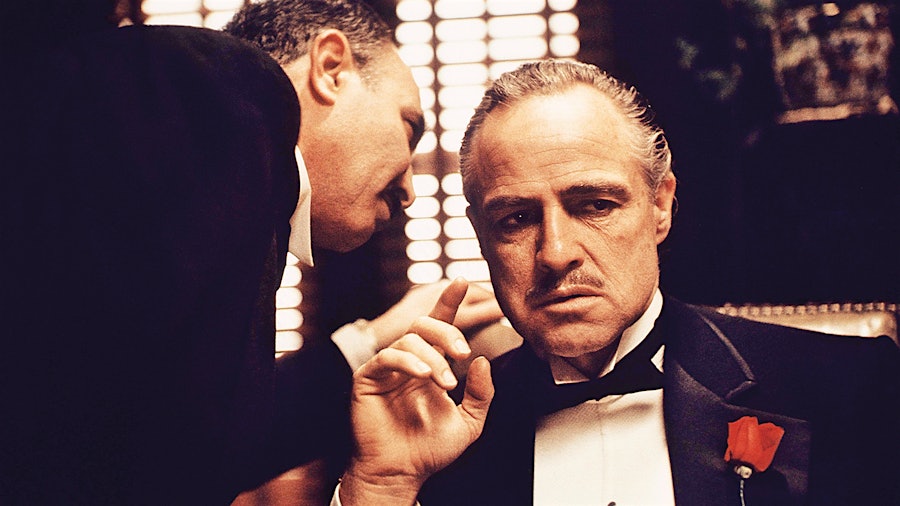
The group loudly and publicly tried to shame Paramount Pictures, saying the movie portrayed Italian-Americans as thugs and criminals. When Paramount did not respond some people who were in absolutely no way thugs, or criminals, threatened producer Al Ruddy.
It didn’t stop there. Another Paramount executive started receiving phone calls threatening his family. Equipment disappeared off the lot. Some logistics and transportation issues started to mysteriously emerge. Paramount held firm but then multiple bomb threats were received.
Ruddy was sent to meet with Colombo Sr. It turned out he had only one demand. The word “Mafia” was not to appear in the movie under any circumstances.
And it doesn’t.
Behind The Green Door
We have already mentioned Deep Throat. Now another famous adult movie gets a mention. Behind the Green Door is one of the most famous adult films ever made but it caused controversy. Star Marilyn Chambers had appeared in an Ivory Soap commercial and when this came out, Procter and Gamble were scandalized and had to recall products, pull ads, and rework an entire campaign.
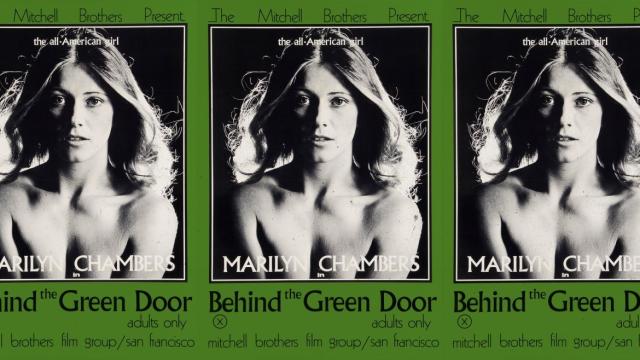
How little they actually knew. Behind the scenes, more laundry was being done.
Representatives for the Gambino family approached notorious adult filmmakers the Mitchell Brothers demanded a 50/50 cut not offering anything much in return. The brothers said no, despite being threatened with death.
The original print of the movie was mysteriously stolen, and hundreds of illegal prints appeared all over America, wrecking the Mitchel brother’s profits.
Winter Kills
The 1979 movie Winter Kills is a black comedy centered around the JFK assassination. It was a box-office flop. However, that is not why it is notable.
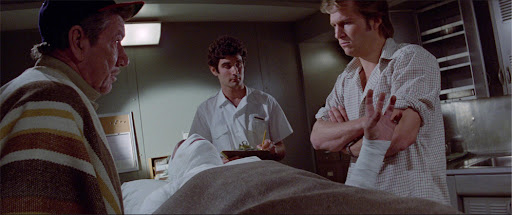
The movie was being produced by Robert Sterling and Leonard Goldberg. According to historians, these were two rich drug dealers and were in money troubles having lost money on investments in the Emmanuelle film series.
They went up the chain and borrowed money from the wrong people, and the budget just kept growing and growing. Goldberg begged investors to be allowed to live long enough to see the movie make a profit. There was no chance of this.
Goldberg was kidnapped and later found handcuffed to a bed, where he had been shot in the head.
The Cotton Club
Francis Ford Coppola seemingly didn’t learn from The Godfather and made yet another mob-themed movie about a 1930s club frequented by New York mobsters – The Cotton Club.
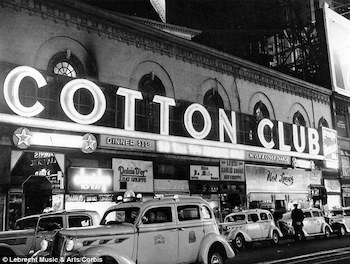
This time it was the Chicago mob who had issues. Robert Evans, a producer on The Godfather, was 50/50 partners on the movie with Roy Radin. Radin was a concert promoter by trade and was looking to make the move to the movie business. They were friends and even shared a coke-dealer in the form of Evans’ girlfriend, Lanie Jacobs.
It turned out Jacobs had an issue and felt she was owed some of this Hollywood action. In May 1983, Radin was kidnapped and killed. Evans ran to hoteliers Eddie and Freddie Doumani who were well-connected to the Chicago mafia.
Suddenly the set had extra security in the form of tough guys from the Chicago mob, at a high rate, and all was peaceful again. Except for Roy Radin.
The Gang That Couldn’t Shoot Straight
1971, DeNiro, comedy? What could possibly go wrong? DeNiro and Pacino actually swapped roles between The Godfather and this movie. DeNiro plays an Italian immigrant bicycle racer who gets involved with Jerry Orbach’s gangster character. Mob boss Joseph “Crazy Joey” Gallo was not a fan of the movie, despite being the inspiration for Orbach’s character, but he became friends with Orbach.
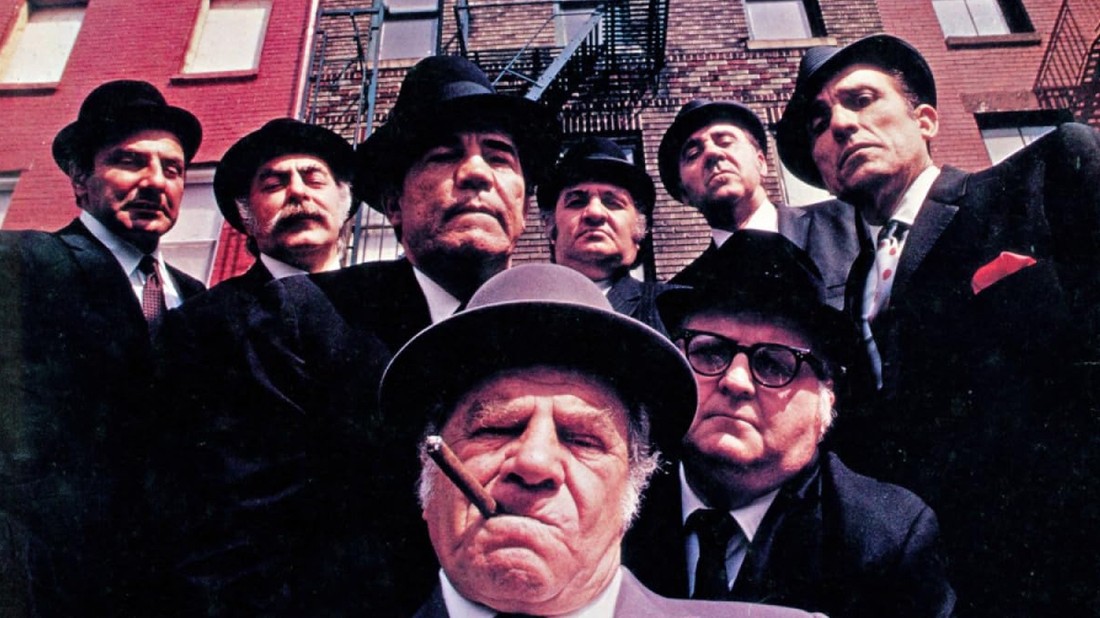
One day Gallo was celebrating his birthday at a local restaurant with Orbach and Don Rickles. At 4 a.m. a group of men entered the restaurant and shot Gallo multiple times, killing him.
The murder was never solved. Orbach claims he left the restaurant before midnight. Witnesses claim he was still present when it happened. He always denied this and consistently refused to talk. He took whatever secrets he had to his deathbed 32 years after the killing.
Analyze This
DeNiro remains indelibly tied to this genre over his entire career. Even when he veers into comedy, it was impossible to escape. Analyze This is about a mafia boss who needs help from a psychiatrist.
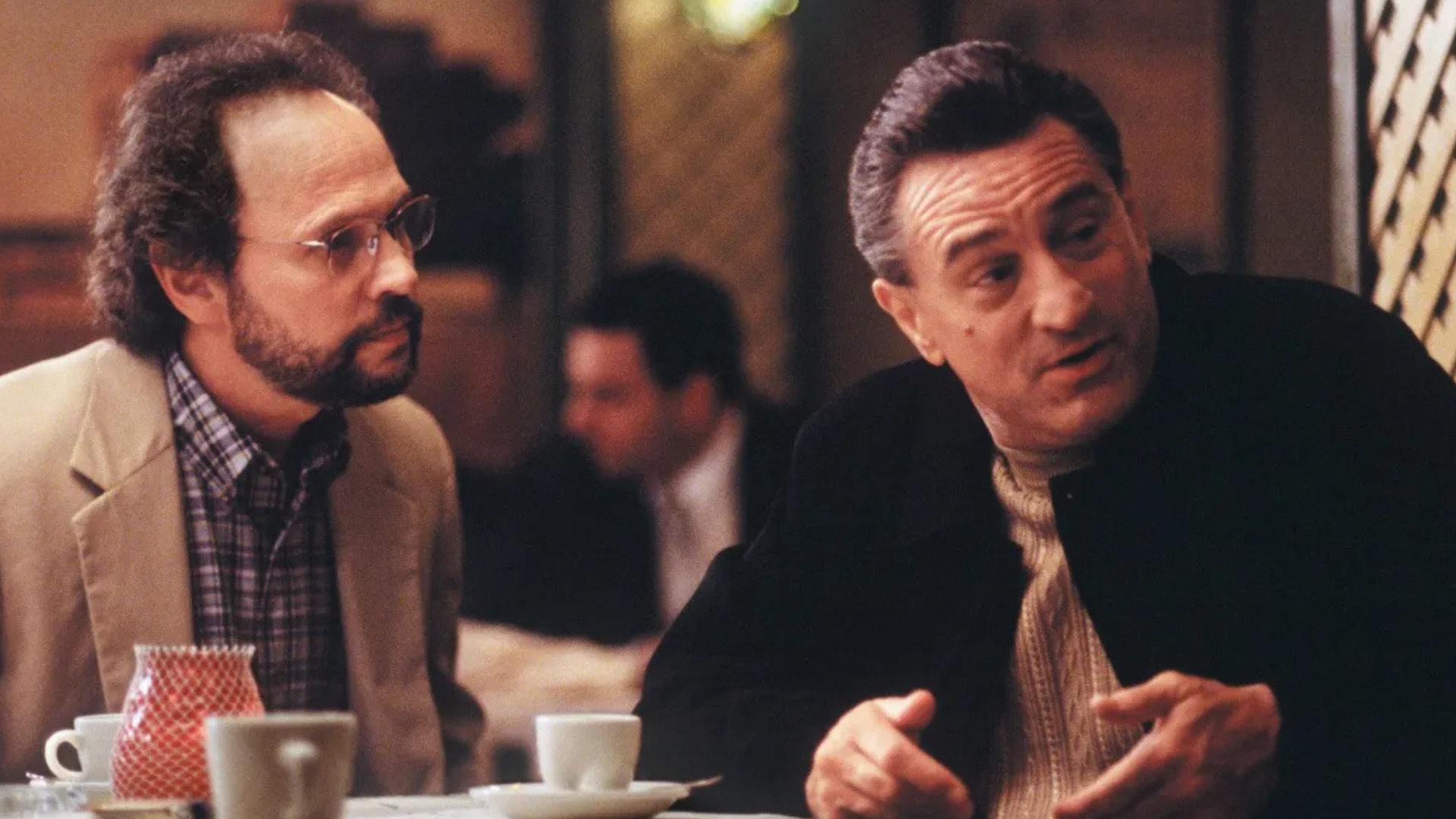
Rumors began to swirl that DeNiro was researching his role with real gangsters and had even escorted Anthony “Fat Andy” Ruggiano to the set as his guest. This was never confirmed by DeNiro or the studio, however, when the trial of another made man took place years later, one piece of evidence showed DeNiro on-set with Ruggiano.
DeNiro’s people responded with a statement that Mr DeNiro:
“…seldom, if ever, discusses his research techniques.”
So there you go. If we suddenly go missing, then we may be sleepin’ with the fishes for talking about all of this stuff!
Check back every day for movie news and reviews at the Last Movie Outpost



